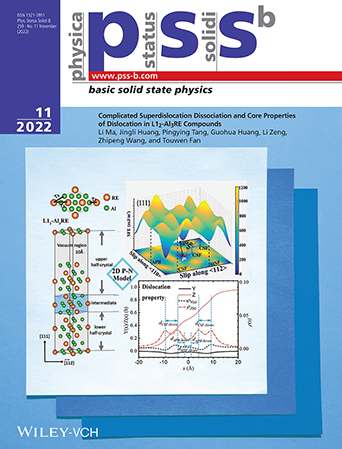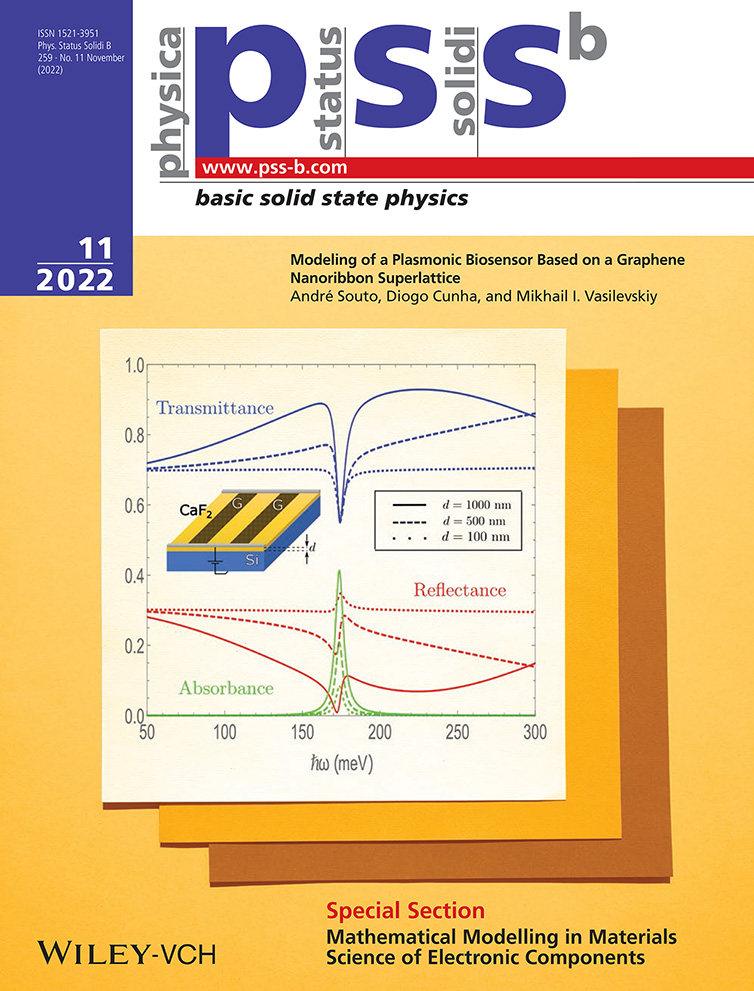Deep Insights into Complicated Superdislocation Dissociation and Core Properties of Dislocation in L12-Al3RE Compounds: A Comprehensive First-Principles Study
Graphical Abstract
For complex L12 structure alloys, the slip mechanism and the dislocation dissociation modes cannot be accurately described based only on criteria like the unstable and stable stacking-fault energies and their ratio. Further precise investigations are required. In article number 2200211, Zhipeng Wang, Touwen Fan and co-workers apply the 2D Peierls-Nabarro model to simulate the <110>{111} superdislocation dissociation in L12-Al3RE (RE = Er, Tm, Yb, Lu) compounds, revealing three types of dissociation: (i) into two superpartials 1/2<110> (red arrows in top-right image) connecting anti-phase boundary (APB); (ii) four Shockley partials 1/6<112> (blue arrows) corresponding to two complex stacking faults (CSFs) and one APB, and (iii) two super-Shockley partials 1/3<112> (black arrows) bounding superlattice intrinsic stacking fault (SISF).





